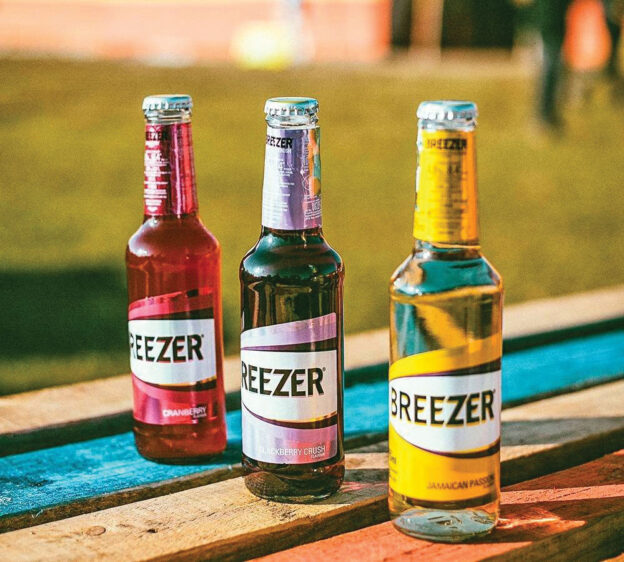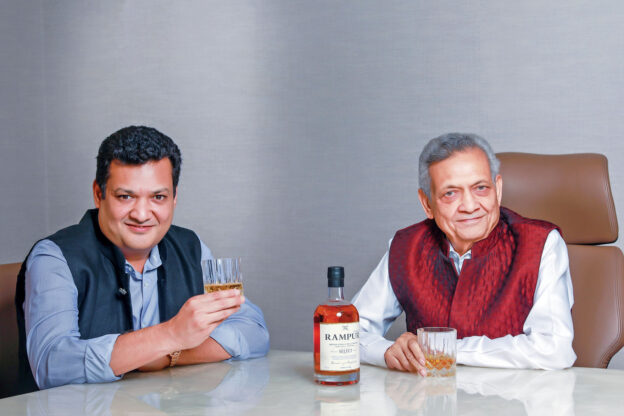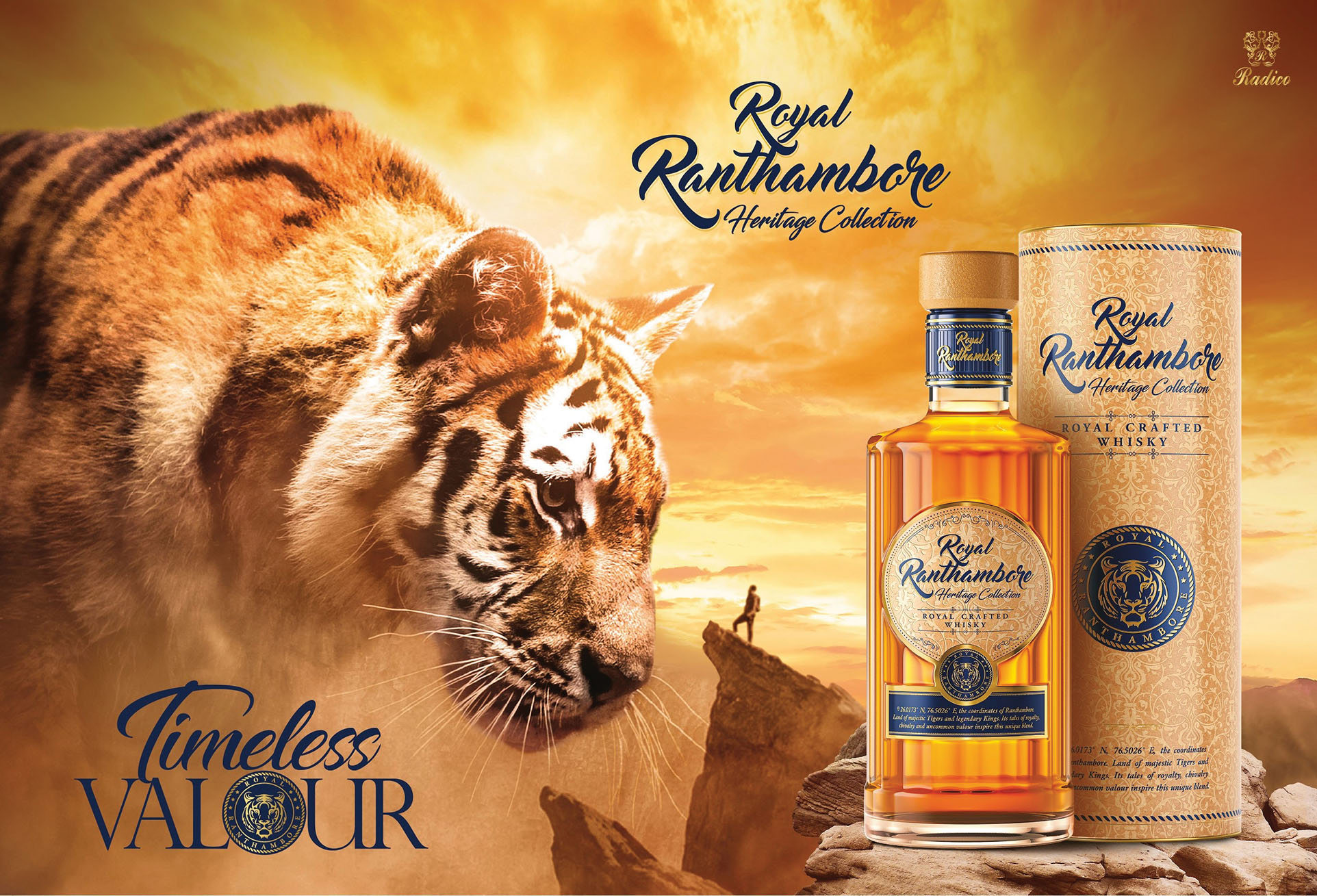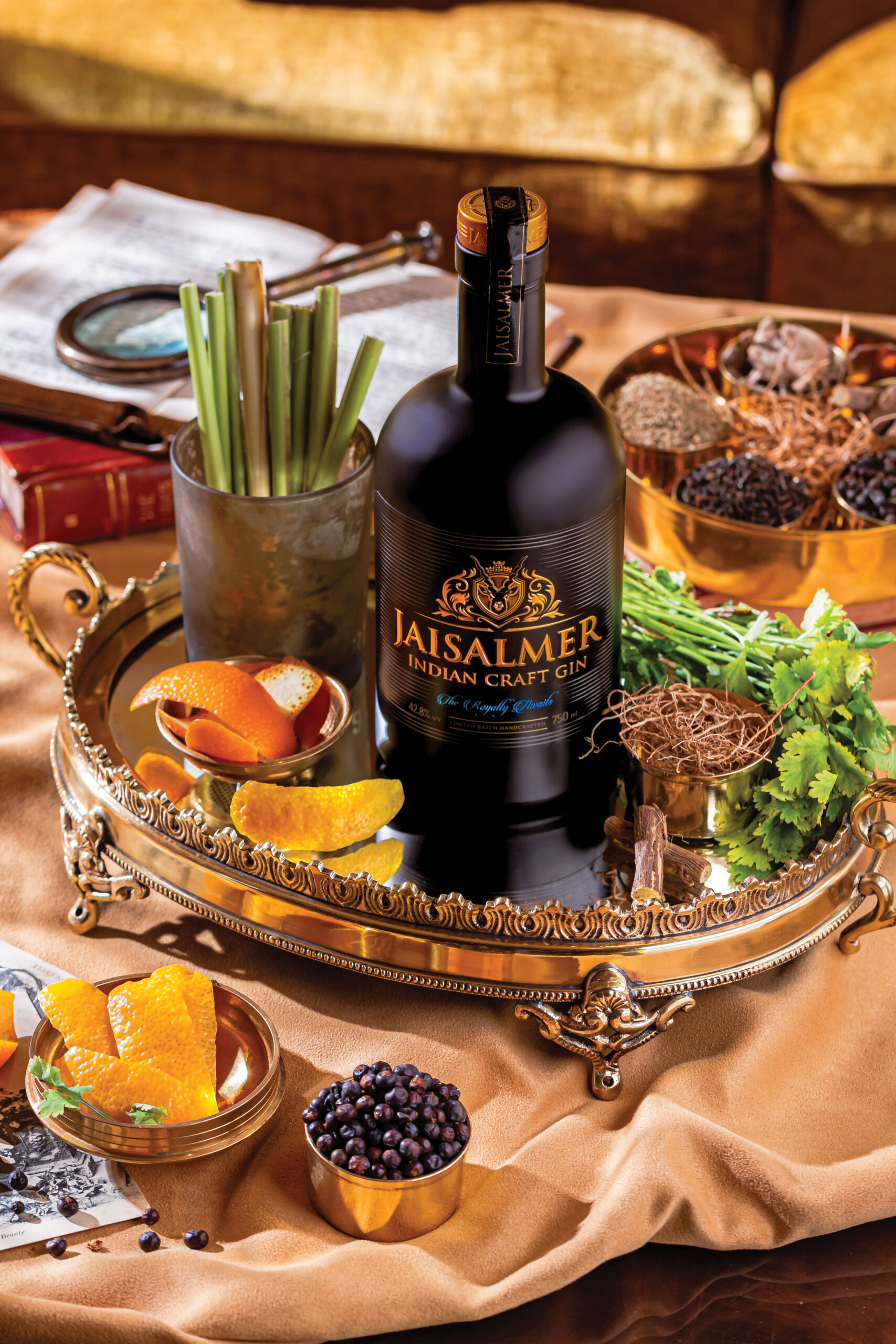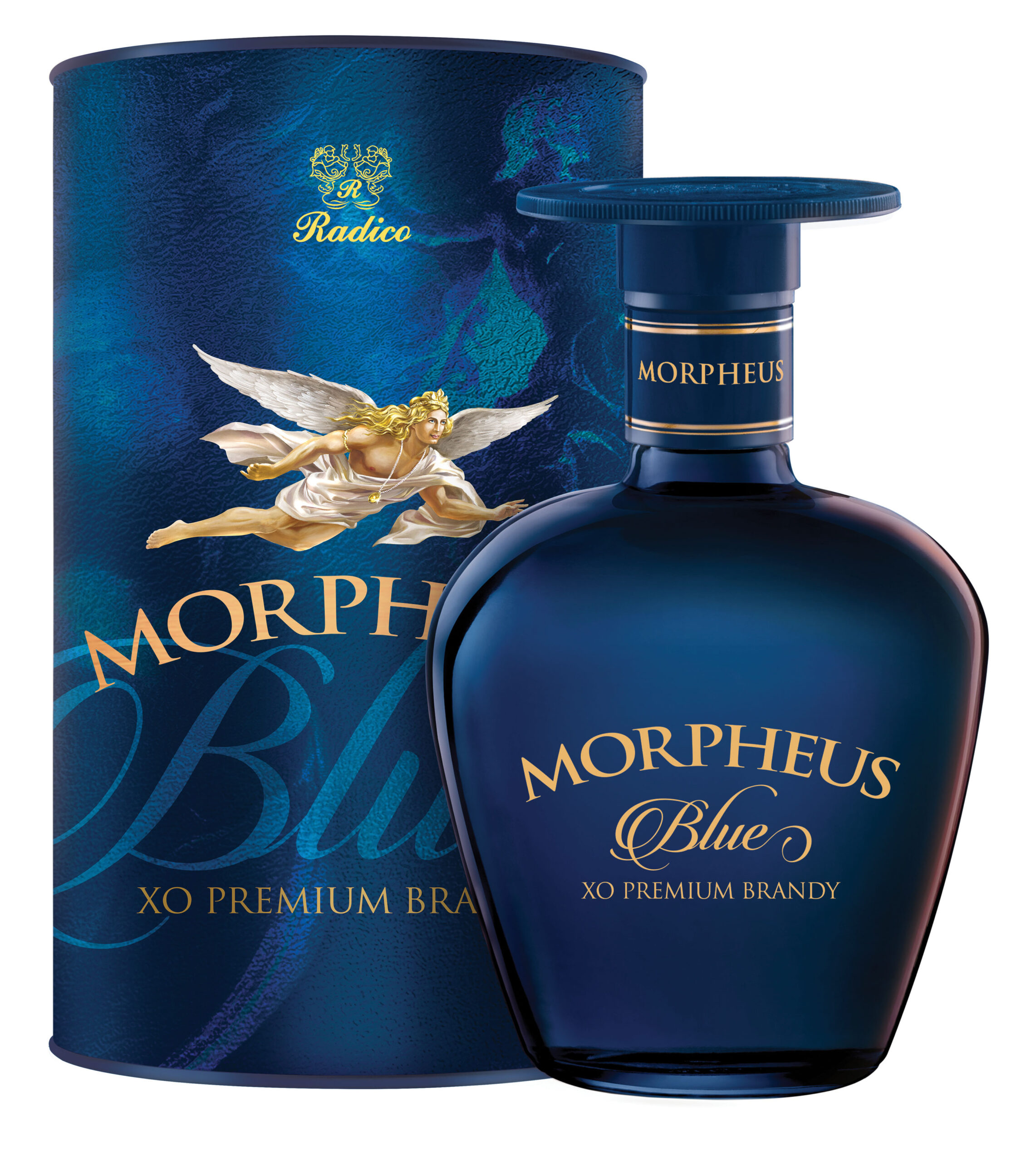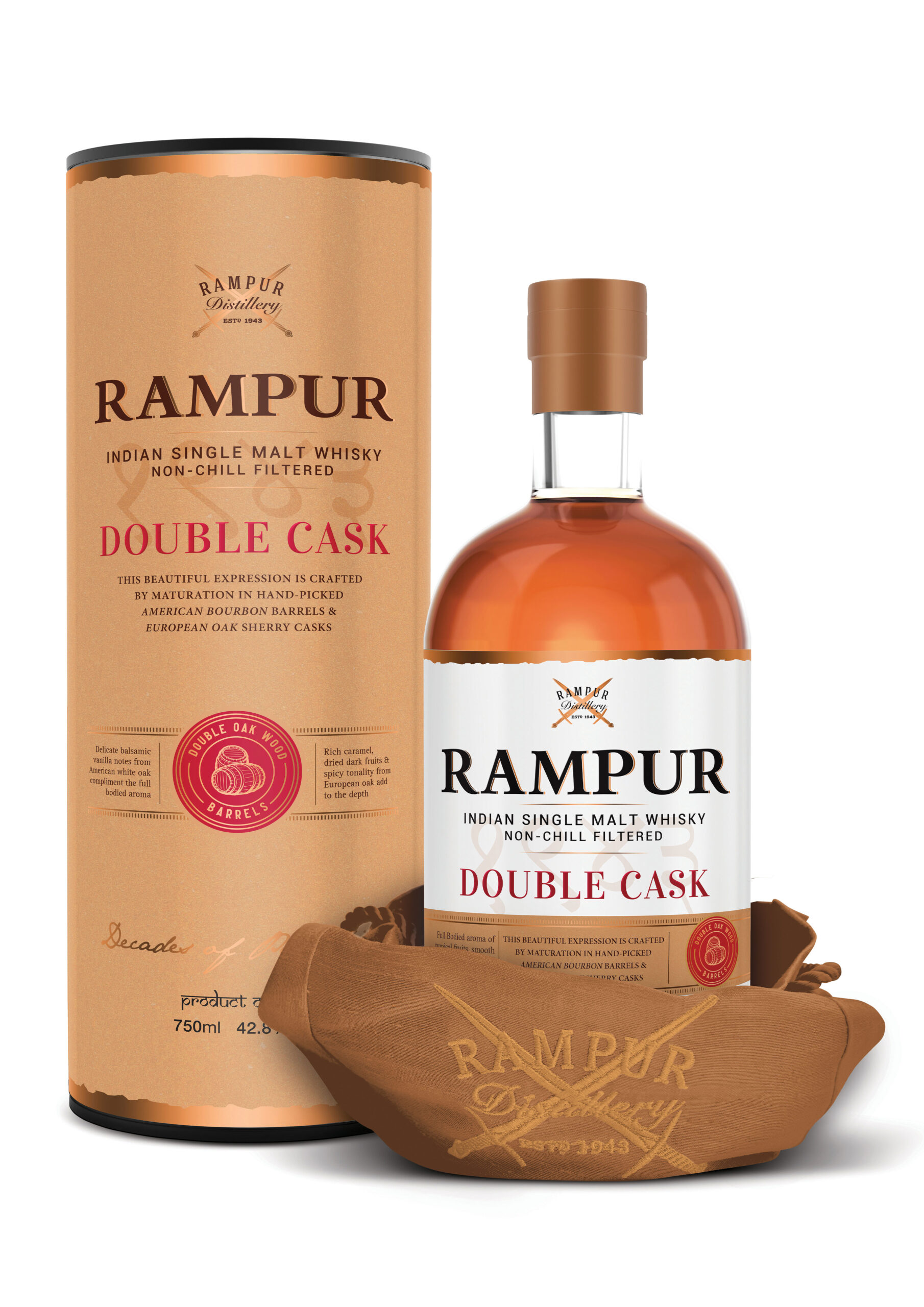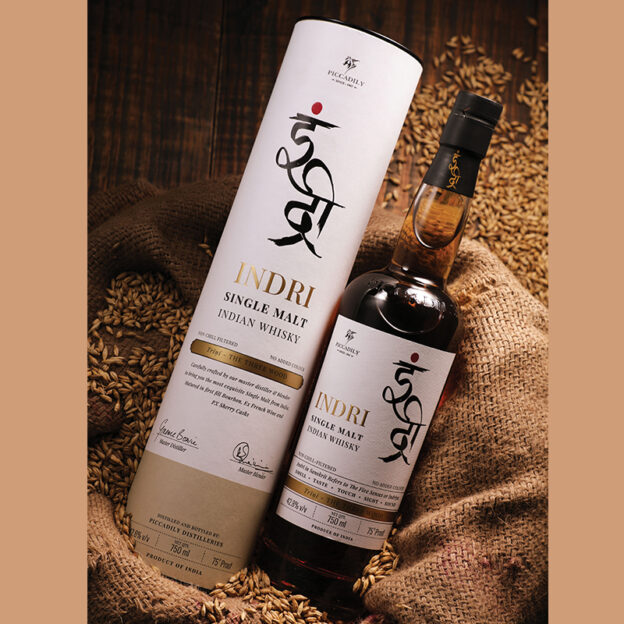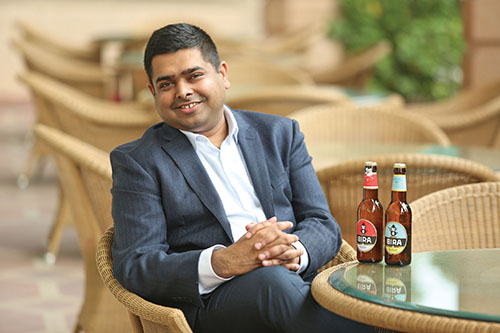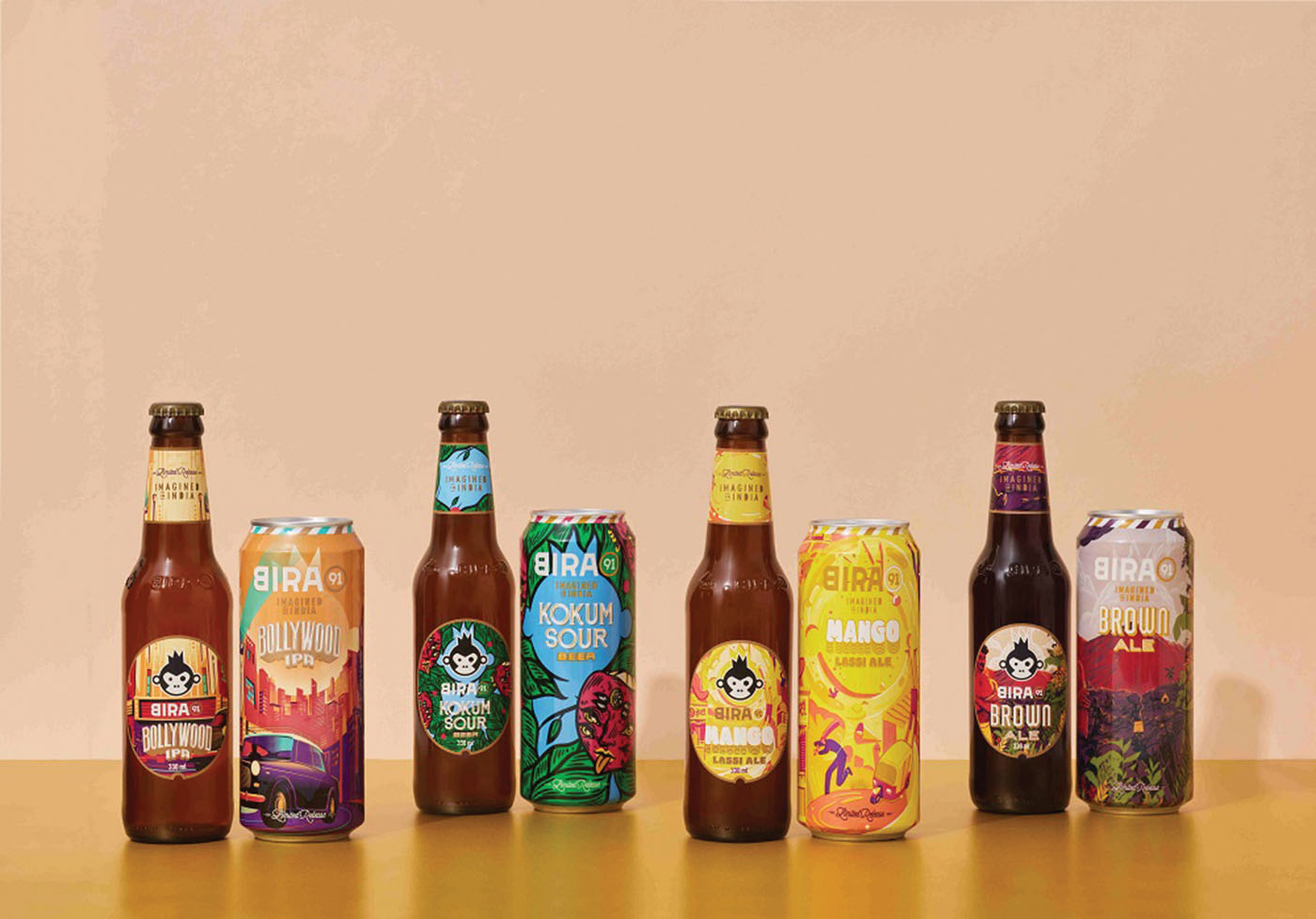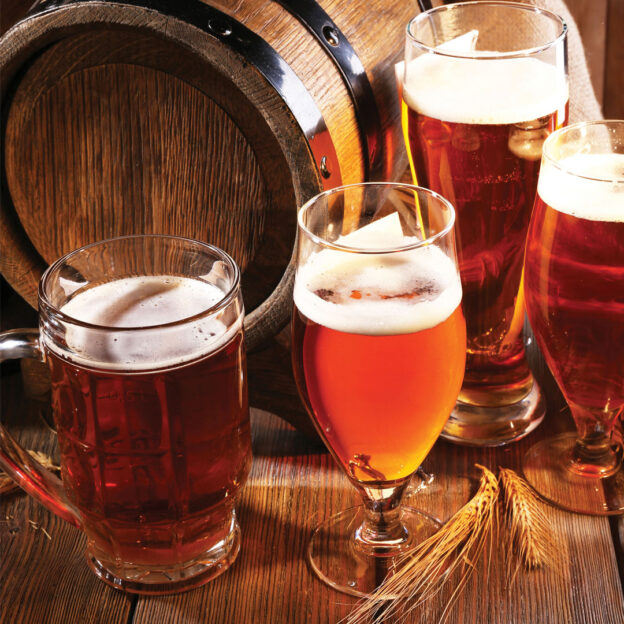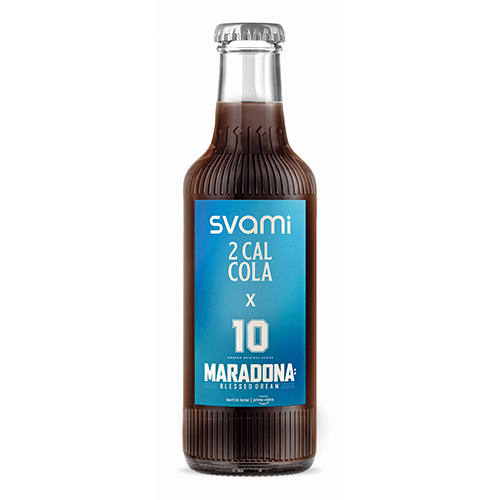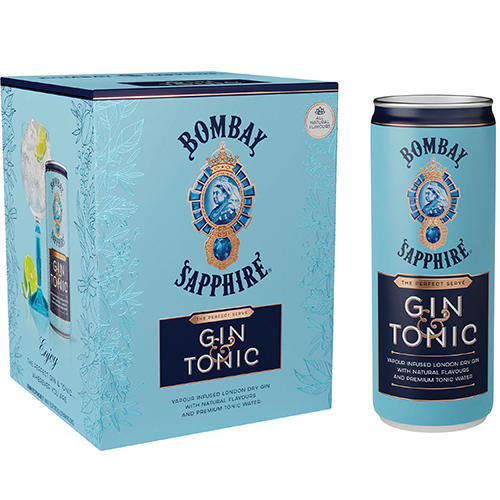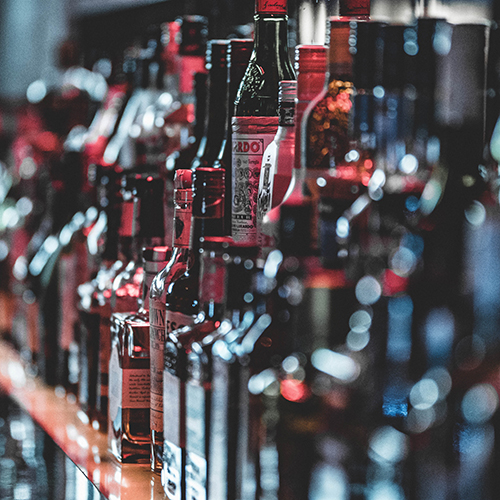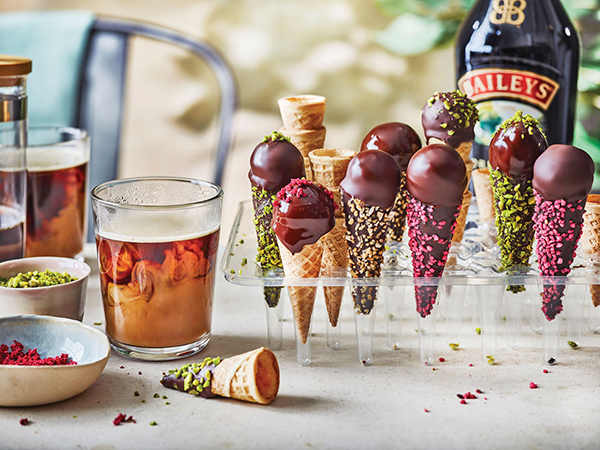The Covid-19 pandemic has continued to impact India since its arrival in spring last year. The government initially reacted by imposing a national lockdown from 23rd March to 4th May last year. The on-trade was completely closed, as were most liquor shops in every state. Places of work shut down, so many young office workers left the urban centres. With the on-trade stifled, retail purchases and consumption of beverage alcohol at home became the norm in most mainstream categories. In India, however, women and younger consumers still feel uncomfortable drinking in front of more conservative parents and family members at home. Limitations on space and refrigeration favoured spirits over beer, RTDs and – especially for young urban women – wine, all of which are usually consumed cold.
The implications of the pandemic response for India’s status as a federal republic soon became clear. The importance of excise duty income from alcohol, tobacco and fuel was brought into sharp relief as revenue streams dried up and the diminishing income from national taxes, such as GST, were used to offset fiscal shortfalls at state level. Most states responded by increasing excise duties – often suddenly and steeply – as well as charging taxpayers one-off cess payments, commonly levied by central governments for a specific purpose. Unusually, this cess (tax on tax), commonly levied by central government for a specific and clearly defined purpose (and not shared with state governments), has been applied in a number of instances at state level as a Corona-cess. Some states have been more reluctant than others to review, reduce or cancel such supposedly temporary measures. For instance, Andhra Pradesh – where the government had tried to enforce prohibition before the pandemic – imposed a 75% excise duty incre for two days just as the national lockdown ended last May; and on the same day, Delhi imposed a 70% cess on the maximum retail price (MRP) of all liquor, which remained until 7th June.
The timing of the lockdown could not have been worse, especially for beer. The category relies on young urban drinkers and after-work occasions and its peak season for consumption was about to start. When lockdown ended, bars and restaurants re-opened in most states, but were limited to 50% occupancy, and workers were slower to return to offices. Many are still working from home or – during Q1 2021 – have returned to it.
Compared to some countries, where citizens often remained risk-averse and pessimistic after the first lockdown, Indian consumer confidence seemed to bounce back quickly. Many Indians assumed – wrongly – that their everyday hygiene challenges afforded them a high degree of natural immunity to the coronavirus.
The past year has confirmed that India is squarely a brown spirits market. Whisky absorbs two-thirds of consumption in this market; brandy – with a strong presence in the south – takes 20%; and rum takes around half of that. In a total market that has shrunk by around one-fifth, whisky declined only slightly less than brandy and rum, which fell around one-quarter. Beer and RTDs suffered precipitous falls, deprived of many of the venues and occasions that had driven consumption forward. All clear spirits witnessed steeper declines in consumption than dark spirits: in each category, sales of domestically produced brands bottled in India (BII) fell away faster. Even allowing for the experimentation evident in categories such as Irish whiskey, consumers sought out brands that they knew, had earned equity and had consistent quality. In short, they sought out certainties.
Two other fundamental shifts have also occurred. Firstly, the premiumisation trend – evident before the pandemic – saw some importers shift their focus to retail, increasing its offering of high-end brands, which were previously targetted at Duty-Free and at the on-trade. Disposable income spent on going out to eat and drink before the pandemic was instead often redirected to premium-and-above products for at-home consumption. Secondly, as a corollary to this and confirming the pressure on the mainstream, was down-trading out of Indian-made foreign liquor (IMFL), either bottled in origin (BIO) or BII.
Budget-conscious consumers instead chose either country liquor or illicit alternatives, having long been deprived of licensed outlets in which to purchase their nips.
The on-trade closure has also impacted routes to market and the supply chain and it increasingly determines choice. When all outlets closed, some states permitted home delivery, which many thought heralded the long-expected rise of the e-commerce channel. In reality, this was an expedient option for retail outlets: e-commerce has not seen a consequent increase in regulation or investment since. On the contrary, drinks ordering apps, such as Hipbar, appear to have been actively discouraged.
The effects of a six-week shutdown of alcohol supply lasted long after it ended: restocking and logistics issues extended out-of-stock occurrences well into the summer months. Importers often found it difficult to source supplies as exporters were reluctant to ship to trading partners in an uncertain economy, not least because they wanted to avoid passing on rising logistics costs to consumers.
One of the responses, driven by leading country liquor suppliers, has been the emergence of intermediate or medium liquor produced locally: this refers to a price band of distilled liquor sold under licensed quota in certain states – presently Rajasthan and Uttar Pradesh only – competitively priced between country liquor/IMIL (Indian-made Indian liquor) and IMFL. Commonly the price, set by the state, is at a 25% premium to the country liquor price, a similar proportion lower than IMFL pricing.
This system has the additional benefits of almost guaranteeing state excise income and reducing the occurrence of country liquor-related health issues through better-quality product. In theory, this model should be attractive to many more states. In practice, its implementation may be limited by the relative scarcity of country liquor distillers able to produce medium liquor of the requisite quality. Nevertheless, with investment and a little covert encouragement from the states, that provision will doubtless evolve over time.
In a decentralised India, the domestic beverage alcohol industry relies on a relatively small number of states for its success. The top three states – Uttar Pradesh, Maharashtra and West Bengal – account for one-third of India’s population. The top six states account for half of the population. West Bengal is the only corporate state: the beverage alcohol industry is regulated directly through a state body. By contrast, the five largest states in the south are each home to beverage alcohol corporations.
This complexity and large size of India means that there are very few companies that are truly national. Even those that are considered national – thanks to a contract bottling network – still retain large regional brands in their portfolios. There is a small number of multinationals twinning domestic production with imports that are focussed on urban distribution shared among importers and wholesalers. India has a larger number of local distillers aspiring to convert their regional origins into a multi-region or national presence; and there are many smaller distillers, the majority of whom supply locally. Most distillers, therefore, will only be trading in one or two jurisdictions and navigating one or two bureaucracies. For the larger players, these challenges are manifold.
The second half of 2020 saw the Indian beverage alcohol market emerging quickly and largely unscathed from Covid-19 and lockdown. Leading spirits companies in particular were reporting quarterly revenues and volumes that had recovered to pre-pandemic levels. This was in spite of the on-trade remaining stifled, e-commerce failing to expand and the regulation and excise duty rises imposed by most states. However, by the second quarter of this year – the beginning of the new financial year for most corporations – this initial optimism about rapid recovery has somewhat evaporated.
The picture, though, is mixed. India’s federal state model shows up the inconsistencies between states: decisions can often be arbitrary, poorly thought through and political rather than practical, but a successful model in one state can be swiftly adopted in another. On the one hand, the Delhi state government’s legislation lowering the legal drinking age from 25 to 21 is positive for the industry. On the other, Andhra Pradesh will join Bihar, Gujarat and some other smaller states and territories to prohibit alcohol for around 250m people, which is nearly one-fifth of the population.
It cannot be overstated how the pandemic and its effects demonstrated the importance of beverage alcohol revenues to individual states’ budgets. Some state governments recognise this and are approaching their beverage alcohol policy with pragmatism by listening to the industry more attentively.
The key issues revolve around the temporary and permanent changes brought about by the pandemic. Office work may have changed permanently, calling into question whether or not urban on-trade lighthouse accounts will recover. It is uncertain when occupancy rates in on-trade venues rise above the current 50% constraint. The medium liquor system may see expansion into further states. It is also questionable whether premiumisation will persist or the second Covid-19 wave will dent consumer confidence fundamentally.
The wider economy, of course, is a determining factor. Declining disposable income has particular relevance for beverage alcohol spend. The industry is circumscribed by its investment in advertising and promotion. The pandemic has sharpened the senses of many executives and players, but left others close to collapse, unable to survive further uncertain events. States have pursued short-term solutions throughout the pandemic and it is unknown if this approach will persist. However, it is likely that the distilling capacity of the domestic industry will not grow. This has implications for all, given the contract-bottling model that has enabled the largest players to become truly national.
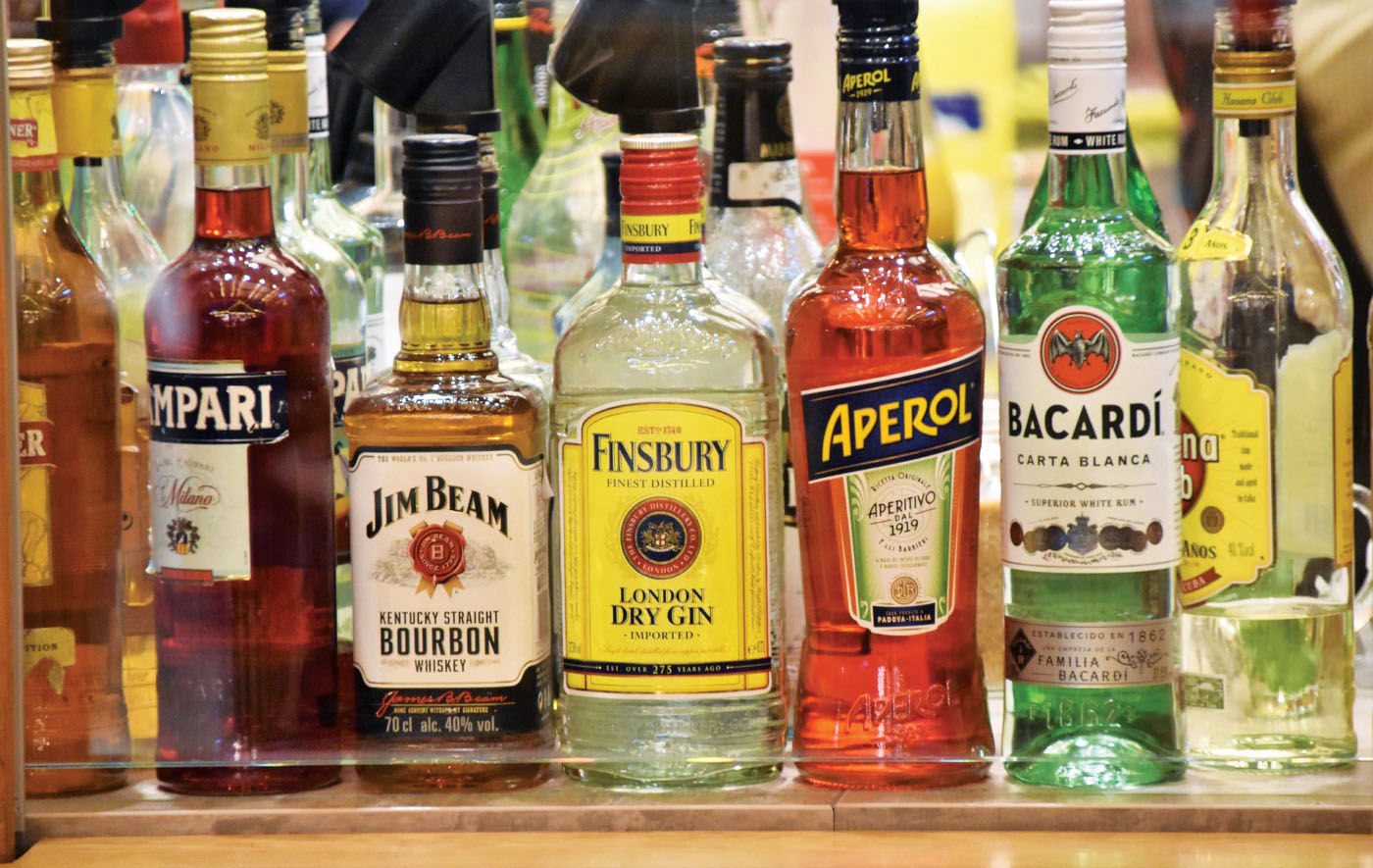
General Forecast Assumptions
On-Trade – In some states, the on-trade had re-opened up to 85% of its former capacity by Q1 2021. However, the occupancy restriction to 50% remains, so the real throughput is also likely to be at 50%. This will continue to affect beer and RTDs. Furthermore, on-trade sub-channels are re-opening at different rates.
Restaurants opened faster than bars; and bars faster than night venues. Whilst this appears to affect wine and premium spirits in higher-end outlets, the impact will be mitigated by the flexibility of suppliers, many of whom have switched attention to retail and targetting wealthier consumers.
Medium Liquor – Consumers in some states are now being offered a wider choice. Those who had traded down to country liquor may choose medium liquor instead of IMFL. Currently this is available in Rajasthan and Uttar Pradesh, but more states may institute this. A significant number of consumers may prefer the taste and the brands on offer in the category to IMFL.
E-commerce – When three of the larger eastern states – West Bengal, Chhattisgarh and Jharkand – permitted home delivery of alcohol, it was thought e-commerce would, at last, be stimulated by the lockdown conditions. They were soon joined by Orissa and Maharashtra. However, steep delivery charges, regulatory uncertainty, a reluctance to invest and a poor delivery-logistics framework continue to hamper growth, as well as the nature of Indian e-commerce defined on the invitation issued by the West Bengal authorities as “handling the electronic ordering, purchase, sale and home delivery of alcoholic liquors from licensed food [and liquor] outlets”. Retail competitors required to pay for annual licences have lobbied against the channel as well. Some significant platforms – Amazon, Flipkart (Walmart), Big Basket, Swiggy, Zomato and the mobile app Hipbar, reportedly backed by Diageo and, in Mumbai, Living Liquidz – responded to state-level invitations to get involved after the Supreme Court ruled in favour of home delivery from licensed retail. However, it has become clear that any bureaucratic encouragement of home delivery has primarily been one of a range of responses to the crowds that gathered outside liquor shops last year and, while recurring lockdowns may help to accelerate e-commerce, the channel will not significantly impact the industry for the foreseeable future. Informal delivery, where customers call up the liquor store and get an order dropped off by moped, already existed and will continue.
Regulation – Uttar Pradesh, India’s most populous state, had previously imposed a cess of 20 per bottle of beer. West Bengal, the fourth most populous state, increased consumer tax by 30%. Rajasthan, the sixth most populous, enacted both, adding20 per bottle and imposing a 10% increase in consumer tax. Their approach is unlikely to change. Additionally, the election in Bihar state did not return a government willing to reverse prohibition. Andhra Pradesh’s government was unable to enact prohibition but has discouraged some national players by making trading there problematic. However, it is assumed there is no foreseeable regulatory movement throughout the forecast period.
Consumer Base Expansion – India’s population is approaching 1.4bn, with less than half being of legal drinking age. The actual number of alcohol consumers is believed to be closer to 160m, only 7.5% of whom are women. Per capita rates for beer and RTDs remain low at around 1.2 litres for men and 150ml for women, re-calculated at 10 litres and 1.25 litres on estimated drinking population numbers. Wine has similar rates to RTDs, spirits are 1.8 litres per capita and nearly 15 litres on a re-calculated basis. There are more younger consumers joining the potential drinking population every year. Uptake by women reportedly increased during the pandemic.
At-Home Consumption – This trend is likely to persist beyond the pandemic. Wealthier consumers of premium spirits and imports spend for indulging at home and for gifts. The wedding industry will revive: most wine suppliers are focussing on higher-end offerings, educating consumers about its accessibility and suitability during meals, as well as drinking before and after. Beer and RTDs will find difficulty switching as their core message is based on going out and socialising rather than at-home consumption, and most consumers have insufficient refrigeration space at home.
Key Market Factors
Cultural – The legal drinking age varies from state to state. In most states it is 21, but 25 in the populous states of Haryana and the Punjab. In Maharashtra it is 21 for beer and wine, and 25 for liquor. Bigger states with a drinking age of 18 include Rajasthan in the north and Kerala in the south. Delhi is about to lower its LDA from 25 to 21.
Three states with larger populations prohibit alcohol. Gujarat has been dry for the longest, with Bihar and now Andhra Pradesh having imposed prohibition more recently. Outcomes are mixed, with Bihar and Andhra Pradesh reportedly having some of the highest per capita consumption rates for beverage alcohol nationally once illicit alcohol is factored in.
Demographic – A key driver of consumption has been urbanisation, particularly among younger LDA drinkers. The lockdown appears to have reversed this, with young office workers returning to their parents’ houses in smaller cities, towns and the countryside.
The overall population is nearly 1.4bn and grows by 15–20m or more every year. The drinking population is considerably smaller: at least half can only afford very cheap country liquor, which is largely unbranded alcohol with an estimated market of 250–285m cases.
The rapidly growing middle classes, who can afford premium-and-above, may number more than 150m. However, 98% of middle-class women and more than 20% of men are said not to drink for philosophical, religious or cultural reasons.
Some 49% of the population is aged under 19, and few drink, although younger consumers are generally more willing to consume alcohol than many of their parents. This leaves a market of between 25m and 30m people with the inclination and resources to drink IMFL.
Economic – There is little state support in India and wellbeing is the individual’s responsibility. With livelihoods uncertain but a young population inclined to optimism, the second Covid-19 wave may hit confidence hard and a volatile economy will see more cautious expenditure. Excise rates vary substantially from state to state even before the pandemic, which exacerbated the difference when states imposed cess payments to make up fiscal shortfalls.
A number of observers mention a shift to modern retail. This is consistent with state governments looking to secure the revenues they can expect from beverage alcohol and also with consumer expectations around improving retail venues.
Trade – Difficulties with the supply of stock have been widespread. It is reported that lack of supply inhibited sales, especially of premium products. The pandemic hindered logistics and rendered delivery more expensive. Brand-owner allocations have also reduced the agility to respond to demand.
A further element is that the phenomenon of medium liquor in Rajasthan and Uttar Pradesh offers more settled revenue for states and gives consumers an alternative to IMFL. One leading country liquor supplier reports now selling twice as much medium liquor as it does country liquor per month. India is unusual in that spirits demand is significantly more developed than demand for beer. While there is some interplay between the two with bang-for-buck consumers keen to maximise alcohol content per rupee delivery, there were some signs that demand for beer was beginning to develop separately.
However, strong beers of 8.5% ABV still represent more than 82% of demand. The first lockdown also affected trade, and was both severe and ill-timed – six weeks without sales, just before peak season for beer and RTDs. The on-trade revived in the second half of 2020 with near full re-opening in some states, but night and weekend curfews, combined with 50% capacity limits, continue to constrain this channel. The uncertainty of lockdown and the unavailability of liquor drove some consumers back down to country liquor, although not in the south where it is banned in five large states.
There was more limited up-trading by wealthier consumers. However, mainstream products, brands and players have been affected with some of the less financially secure domestic players closing for some months. In some of the larger states, competition in the beverage alcohol category is relatively open. In more there are state corporations set up as wholesalers and frequently as retailers too. In all states, beverage alcohol participants must navigate a web of licences, quotas and taxes, and sometimes incentives.
In certain key states, the regulatory authorities that control pricing have rationalised their price lists. In Delhi, Rajasthan, Madhya Pradesh and Haryana the correction has been downwards for higher-priced imports.
It is reported that there is shift to modern retail. This is consistent with state governments looking to secure revenues from beverage alcohol and also with consumer expectations around improving retail venues.
Political – Breweries have been investigated by the Competition Commission of India (CCI) which has now resulted in fines for collusion and operating a cartel. The reputational impact is more serious than the financial cost.

